In storytelling, we can compare dialogue to a delicate thread weaving through the fabric of the narrative, a tool that, when used adeptly, adds texture and color. It has been well-documented that even acclaimed authors struggle with the balance of dialogue within their works. For instance, in Stephen King’s On Writing, the revered storyteller offers advice on dialogue, emphasizing its significance in bringing stories to life. The challenge, however, arises in ensuring that dialogue does not overwhelm or underwhelm the narrative.
For example, a scene rich in dialogue yet devoid of context is like a play missing its set and stage directions. Though potentially riveting, the dialogue risks becoming a disembodied chorus of voices failing to ground the reader in the story’s reality. On the flip side, an overabundance of discussion can smother a story’s spark, transforming vibrant scenes into static descriptions that offer readers a view from afar rather than an invitation into the moment.
The remedy lies in striking a harmony between speech and the silent language of action and reaction. Dialogue, as advocated by experts like Sol Stein in Stein On Writing, is not just a means to convey information; it’s a powerful tool to reveal characters and propel the story forward. By allowing a character’s emotional reactions to interplay with their spoken words, you, the author, can gift the reader with a multi-dimensional experience, bringing your characters to life in a way that mere description cannot.
This principle is seen in practice in Ernest Hemingway’s works, where the dialogue is often terse, yet the emotional weight is palpable. Hemingway’s The Sun Also Rises presents a dialogue that may seem simple on the surface. Still, it is laden with unspoken tension and subtext, inviting readers to discern the depth of the characters’ relationships and inner turmoil.
Another crucial aspect is setting the scene. Just as painters frame their subjects within a landscape, giving them a place to belong, writers are encouraged to place their characters in a scene that invites interaction. This is what adds depth and richness to the terse exchanges in J.K. Rowling’s Harry Potter series, where the dialogue is as much a part of the magical environment as the spells the characters cast. It’s this immersive environment that draws readers in and makes them feel like they’re part of the story.
Therefore, writers are tasked with crafting what characters say and painting where they say it and how they feel about it. This ensures that readers are not merely overhearing a conversation but are invited into a living, breathing world. It’s a delicate balance to maintain but one that, when achieved, offers a story as rich and satisfying as the finest tapestry.
Evan Swensen
8370 Eleusis Drive
Anchorage, Alaska 99502
(907) 349-2424
evan@publicationconsultants.com
We Don’t Want to Write the Laws; We Want to Publish the Books
We Believe in the Power of Authors Short Video: https://bit.ly/45z6mvf
Writers Reshape the World Short Video: https://bit.ly/47glKOg
Bringing Your Book to Market Booklet: https://bit.ly/2ymDVXx
Bringing Your Book to Market Short Video: https://bit.ly/3Q3g2JD




 This is Publication Consultants’ motivation for constantly striving to assist authors sell and market their books. Author Campaign Method (ACM) of sales and marketing is Publication Consultants’ plan to accomplish this so that our authors’ books have a reasonable opportunity for success. We know the difference between motion and direction. ACM is direction! ACM is the process for authorpreneurs who are serious about bringing their books to market. ACM is a boon for them.
This is Publication Consultants’ motivation for constantly striving to assist authors sell and market their books. Author Campaign Method (ACM) of sales and marketing is Publication Consultants’ plan to accomplish this so that our authors’ books have a reasonable opportunity for success. We know the difference between motion and direction. ACM is direction! ACM is the process for authorpreneurs who are serious about bringing their books to market. ACM is a boon for them. Release Party
Release Party Web Presence
Web Presence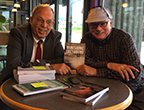 Book Signings
Book Signings Facebook Profile and Facebook Page
Facebook Profile and Facebook Page Active Social Media Participation
Active Social Media Participation Ebook Cards
Ebook Cards The Great Alaska Book Fair: October 8, 2016
The Great Alaska Book Fair: October 8, 2016


 Costco Book Signings
Costco Book Signings eBook Cards
eBook Cards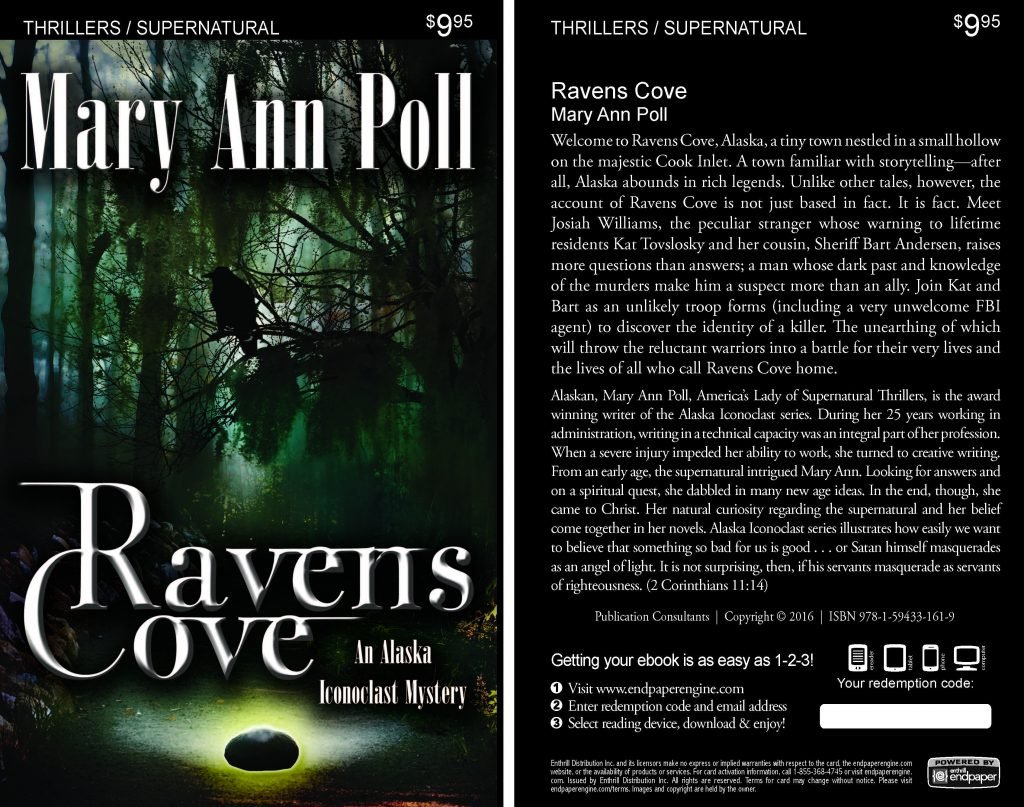

 Benjamin Franklin Award
Benjamin Franklin Award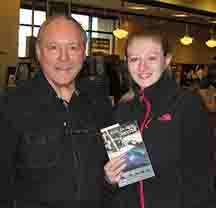 Jim Misko Book Signing at Barnes and Noble
Jim Misko Book Signing at Barnes and Noble
 Cortex is for serious authors and will probably not be of interest to hobbyists. We recorded our Cortex training and information meeting. If you’re a serious author, and did not attend the meeting, and would like to review the training information, kindly let us know. Authors are required to have a Facebook author page to use Cortex.
Cortex is for serious authors and will probably not be of interest to hobbyists. We recorded our Cortex training and information meeting. If you’re a serious author, and did not attend the meeting, and would like to review the training information, kindly let us know. Authors are required to have a Facebook author page to use Cortex. Correction:
Correction: This is Publication Consultants’ motivation for constantly striving to assist authors sell and market their books. ACM is Publication Consultants’ plan to accomplish this so that our authors’ books have a reasonable opportunity for success. We know the difference between motion and direction. ACM is direction! ACM is the process for authors who are serious about bringing their books to market. ACM is a boon for serious authors, but a burden for hobbyist. We don’t recommend ACM for hobbyists.
This is Publication Consultants’ motivation for constantly striving to assist authors sell and market their books. ACM is Publication Consultants’ plan to accomplish this so that our authors’ books have a reasonable opportunity for success. We know the difference between motion and direction. ACM is direction! ACM is the process for authors who are serious about bringing their books to market. ACM is a boon for serious authors, but a burden for hobbyist. We don’t recommend ACM for hobbyists.

 We’re the only publisher we know of that provides authors with book signing opportunities. Book signing are appropriate for hobbyist and essential for serious authors. To schedule a book signing kindly go to our website, <
We’re the only publisher we know of that provides authors with book signing opportunities. Book signing are appropriate for hobbyist and essential for serious authors. To schedule a book signing kindly go to our website, < We hear authors complain about all the personal stuff on Facebook. Most of these complaints are because the author doesn’t understand the difference difference between a Facebook profile and a Facebook page. Simply put, a profile is for personal things for friends and family; a page is for business. If your book is just a hobby, then it’s fine to have only a Facebook profile and make your posts for friends and family; however, if you’re serious about your writing, and it’s a business with you, or you want it to be business, then you need a Facebook page as an author. It’s simple to tell if it’s a page or a profile. A profile shows how many friends and a page shows how many likes. Here’s a link <> to a straight forward description on how to set up your author Facebook page.
We hear authors complain about all the personal stuff on Facebook. Most of these complaints are because the author doesn’t understand the difference difference between a Facebook profile and a Facebook page. Simply put, a profile is for personal things for friends and family; a page is for business. If your book is just a hobby, then it’s fine to have only a Facebook profile and make your posts for friends and family; however, if you’re serious about your writing, and it’s a business with you, or you want it to be business, then you need a Facebook page as an author. It’s simple to tell if it’s a page or a profile. A profile shows how many friends and a page shows how many likes. Here’s a link <> to a straight forward description on how to set up your author Facebook page.



 Mosquito Books has a new location in the Anchorage international airport and is available for signings with 21 days notice. Jim Misko had a signing there yesterday. His signing report included these words, “Had the best day ever at the airport . . ..”
Mosquito Books has a new location in the Anchorage international airport and is available for signings with 21 days notice. Jim Misko had a signing there yesterday. His signing report included these words, “Had the best day ever at the airport . . ..”



 The Lyin Kings: The Wannabe World Leaders
The Lyin Kings: The Wannabe World Leaders
 Time and Tide
Time and Tide


 ReadAlaska 2014
ReadAlaska 2014 Readerlink and Book Signings
Readerlink and Book Signings
 2014 Independent Publisher Book Awards Results
2014 Independent Publisher Book Awards Results

 Bonnye Matthews Radio Interview
Bonnye Matthews Radio Interview
 Rick Mystrom Radio Interview
Rick Mystrom Radio Interview When he published those overseas blogs as the book The Innocents Abroad, it would become a hit. But you couldn’t find it in bookstores.
When he published those overseas blogs as the book The Innocents Abroad, it would become a hit. But you couldn’t find it in bookstores. More NetGalley
More NetGalley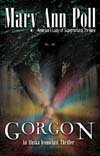 Mary Ann Poll
Mary Ann Poll
 Bumppo
Bumppo
 Computer Spell Checkers
Computer Spell Checkers Seven Things I Learned From a Foreign Email
Seven Things I Learned From a Foreign Email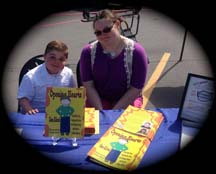 2014 Spirit of Youth Awards
2014 Spirit of Youth Awards Book Signings
Book Signings


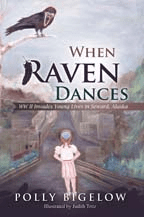 Blog Talk Radio
Blog Talk Radio Publication Consultants Blog
Publication Consultants Blog Book Signings
Book Signings

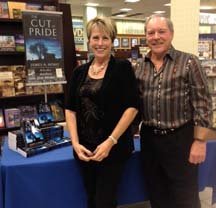

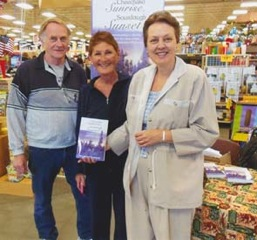 Don and Lanna Langdok
Don and Lanna Langdok Ron Walden
Ron Walden Book Signings Are Fun
Book Signings Are Fun Release Party Video
Release Party Video
 Erin’s book,
Erin’s book,  Heather’s book,
Heather’s book,  New Books
New Books